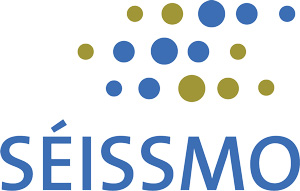Séissmo en pratique
Recherche fondamentale, bruits de couloir
et outils pour vous aider au quotidien.
et outils pour vous aider au quotidien.
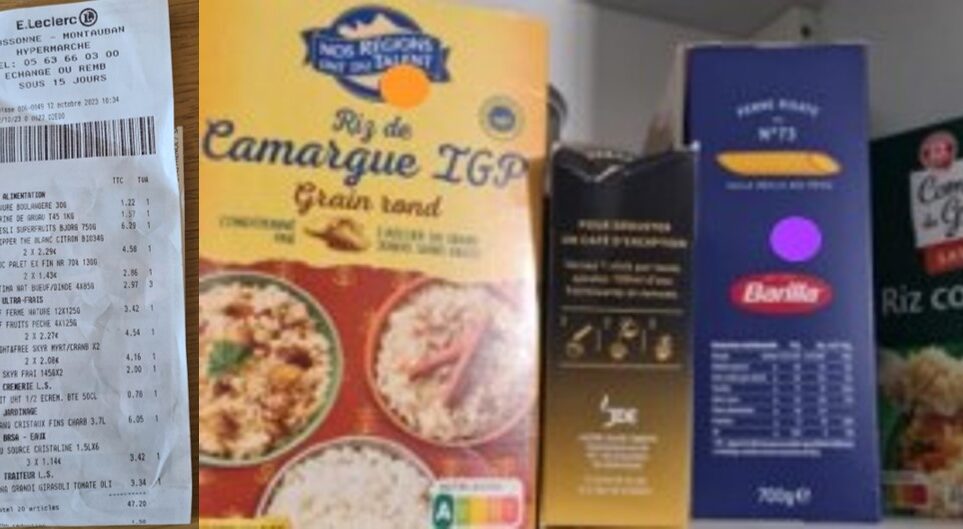
Le rôle des marques en temps d’inflation
Non, le dernier rapport de notre recherche annuelle SEISSMOGRAPH23 ne se consacre pas à la...
Lire la suite
Français
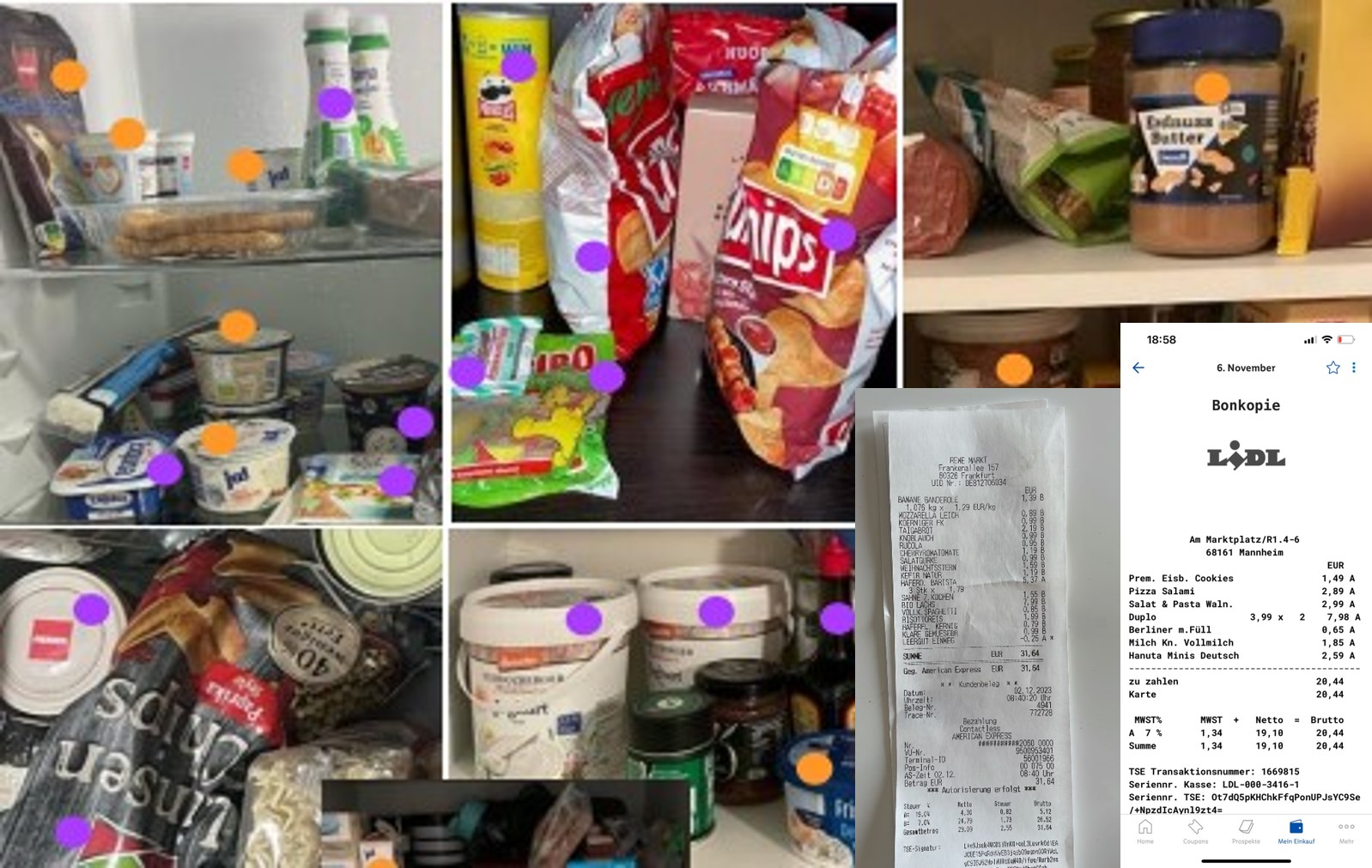
Marke vs. Eigenmarke – wie heiß ist der Preis wirklich?
Lesen Sie selbst unsere kondensierten Insights im neuen Séissmograph23 und nehmen Sie Teil am emotional...
Lire la suite
Deutsch
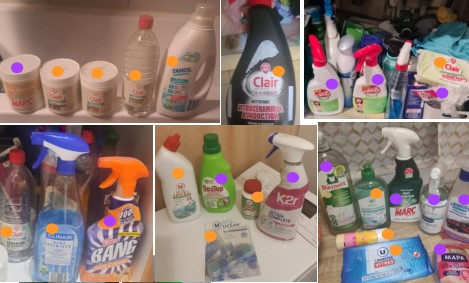
Doing the groceries: in a context of inflation, how do consumers make their trade-offs between brands and private labels?
Inflation has hit hard; making in-store shopping experiences real emotional roller coasters – especially at...
Lire la suite
English
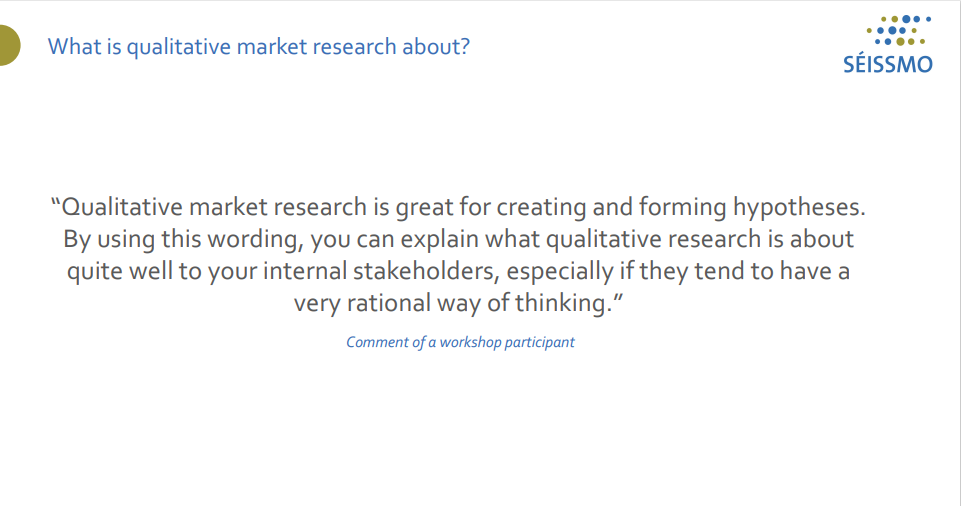
Welche Reife erfordert die erfolgreiche Durchführung von qualitativ-explorativer Mafo & Semiotik im Unternehmen?
Eine Sammlung von Best-Practices, Watch-Outs und den optimalen Vorgehensweisen qualitativer Marktforschungs-Projekte....
Lire la suite
English
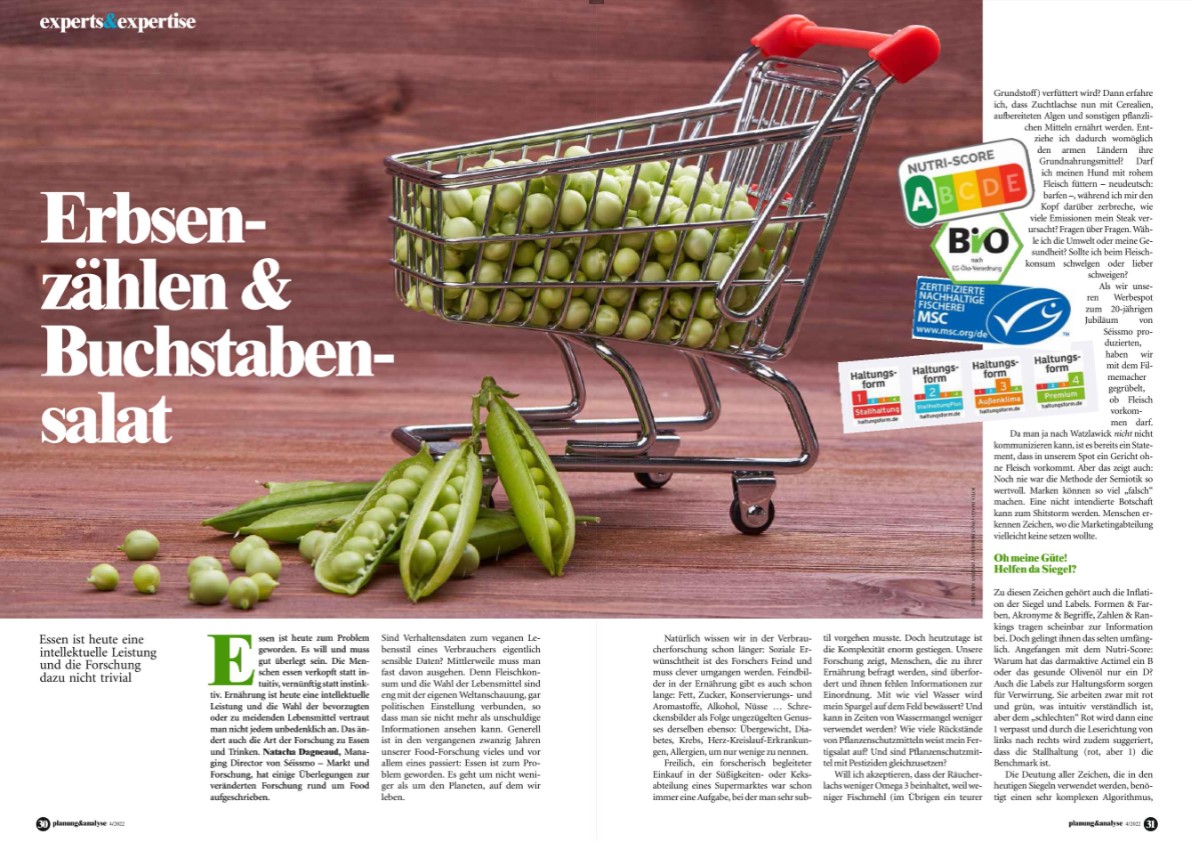
Zum Abschluss des Jahres geht’s ums Essen, was denn sonst!
Unser Beitrag zum Thema Food-Forschung in Planung&Analyse 4/2022 dreht sich um das immer komplexer werdende...
Lire la suite
Deutsch
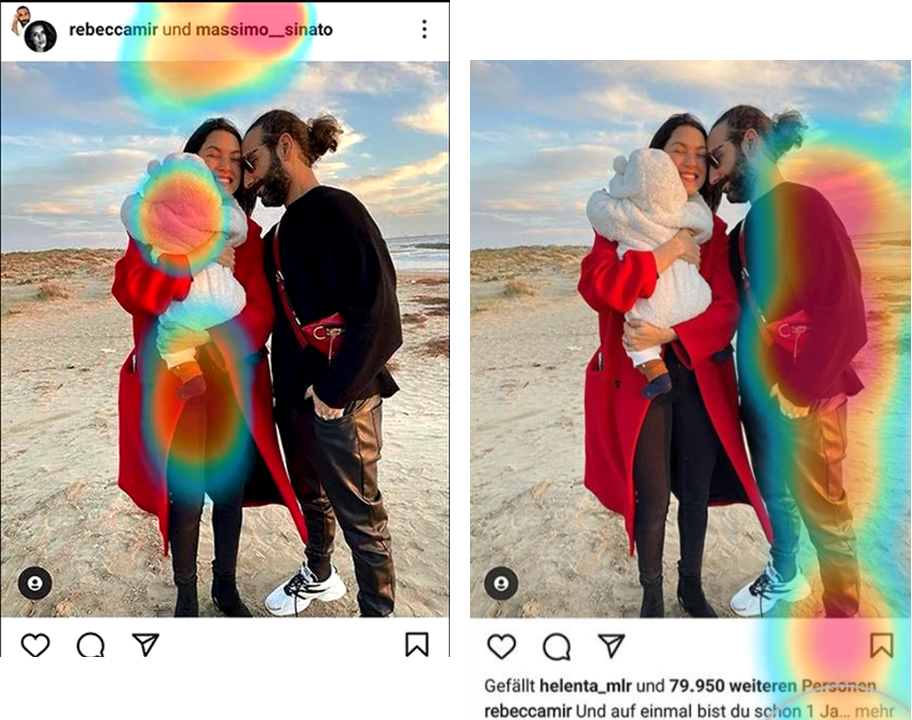
How is online advertisement perceived by Gen Z?
We are pleased to provide you with this year’s new Séissmograph report 2022!...
Lire la suite
English
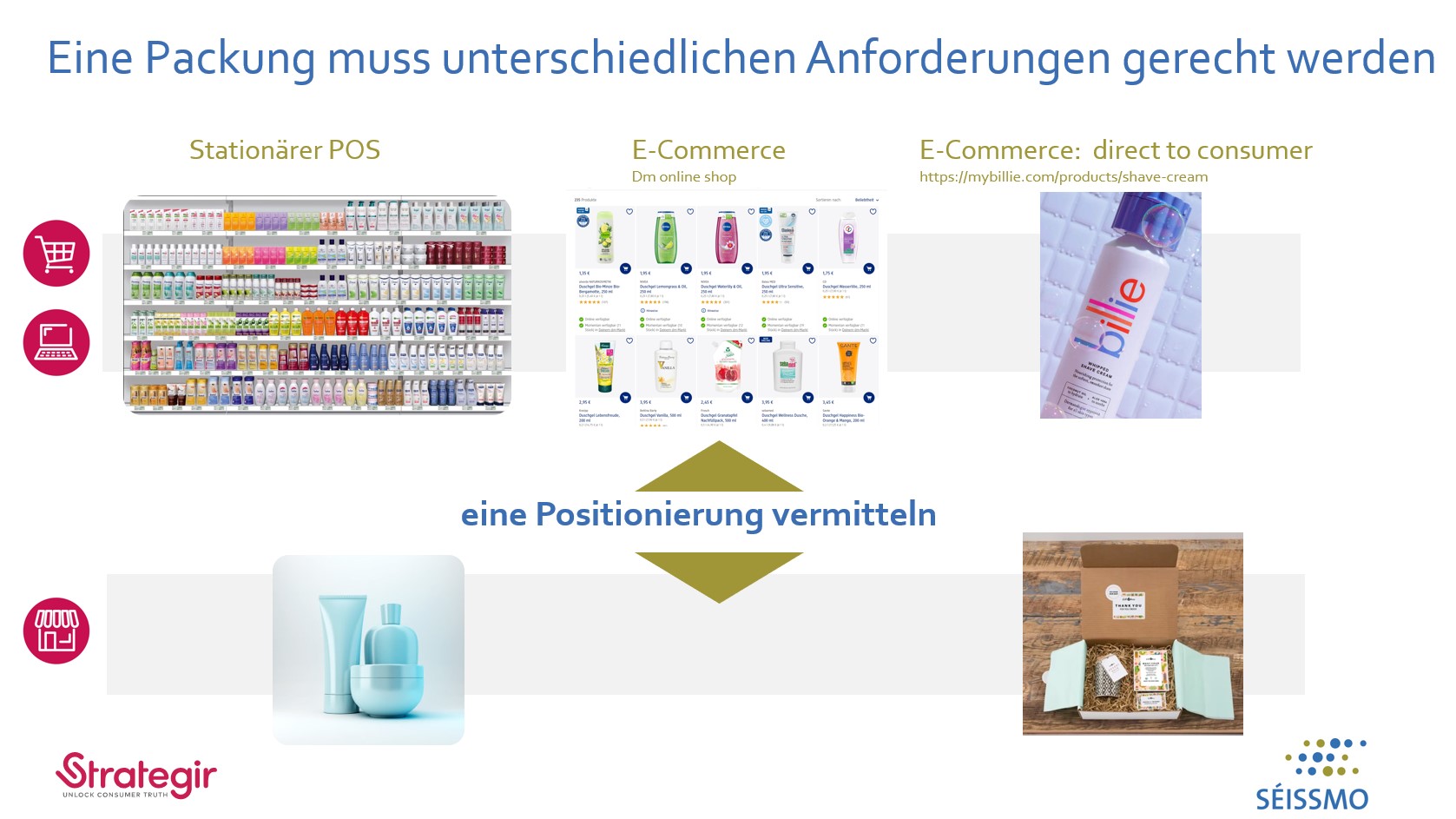
Dos and Don’ts der erfolgreichen Packungsgestaltung
In unserem interdisziplinären Workshop teilen wir mit Ihnen unsere Learnings aus über 20 Jahren Packungsforschung...
Lire la suite
Deutsch
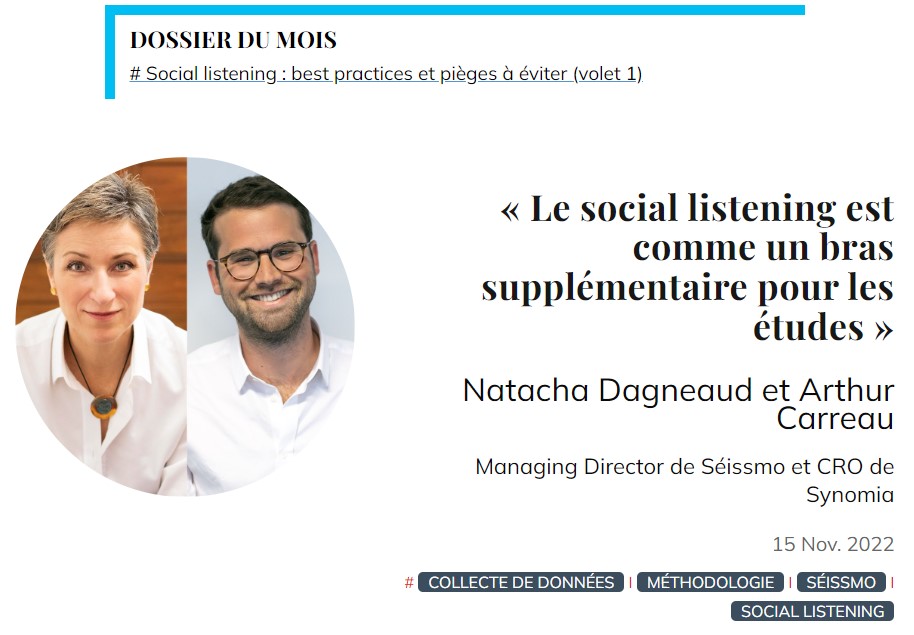
« Le social listening est comme un bras supplémentaire pour les études »
Le terme Social Listening le dit bien : il s’agit d’écouter la parole sociale. Mais...
Lire la suite
Français

How do Ukrainians living abroad assimilate in the new countries?
Through an online survey carried out early July 2022 by Factum (YOUkraina panel, www.factum-ua.com) 217...
Lire la suite
English

What do we know about Ukrainians living abroad since the war?
More than 5 million people moved from Ukraine to Europe since the start of the...
Lire la suite
English
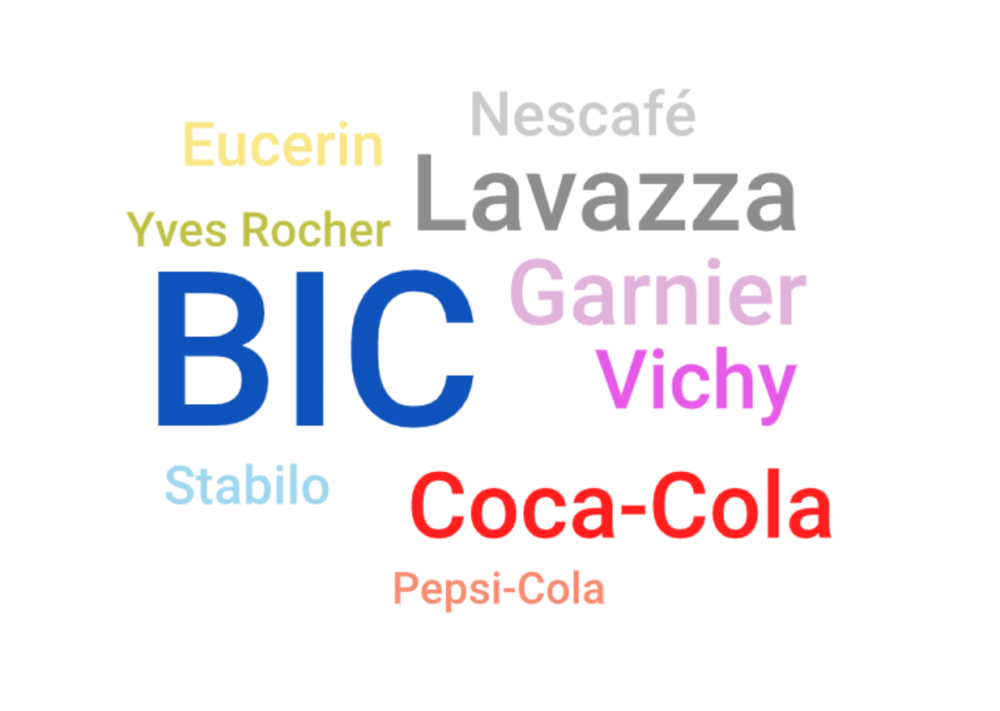
Was wissen wir über die Menschen aus der Ukraine, die seit dem Beginn des Krieges in Europa leben?
Mehr als 5 Millionen Ukrainerinnen und Ukrainer haben ihr Land seit Beginn des Krieges verlassen....
Lire la suite
Deutsch

Que savons-nous de la population ukrainienne vivant en Europe depuis la guerre ?
Plus de 5 millions d’Ukrainiennes et Ukrainiens ont quitté leur pays depuis la guerre. Il...
Lire la suite
Français

Talk to me! – Wie überzeugt man B2B Zielgruppen am besten von der Teilnahme an Quali Studien?
B2B Forschung ist ein fester und wichtiger Bestandteil unseres Business. Ca. ¼ bis zu 1/3...
Lire la suite
Deutsch

Sparst du noch oder investierst du schon? Wie qualitative Forschung die traditionelle Finanzmarkt- forschung bereichert
In den USA sind 50% der Haushalte am Kapitalmarkt beteiligt. In Deutschland liegt die Beteiligung...
Lire la suite
Deutsch
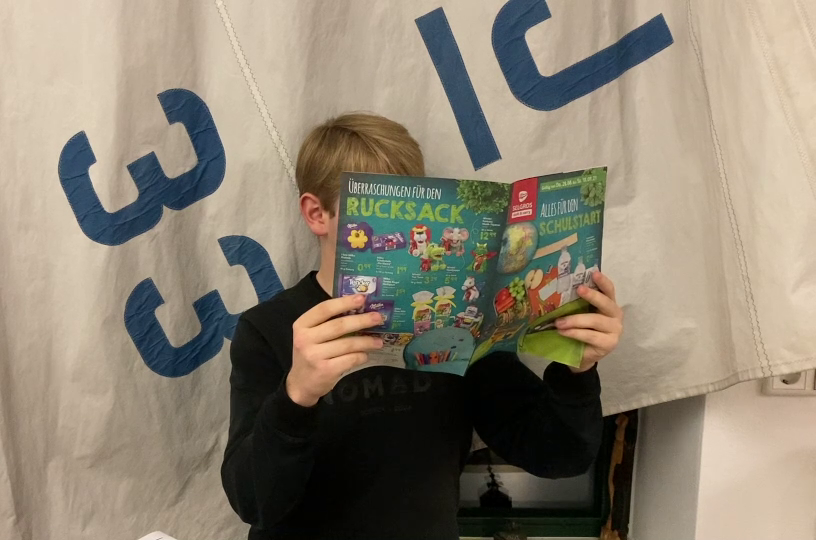
Bargain hunt and user experience: the role of non-personalised print promotions in the eyes of customers
Did you know? Traditional promotional print fliers are still a relevant add-on to the marketing...
Lire la suite
English
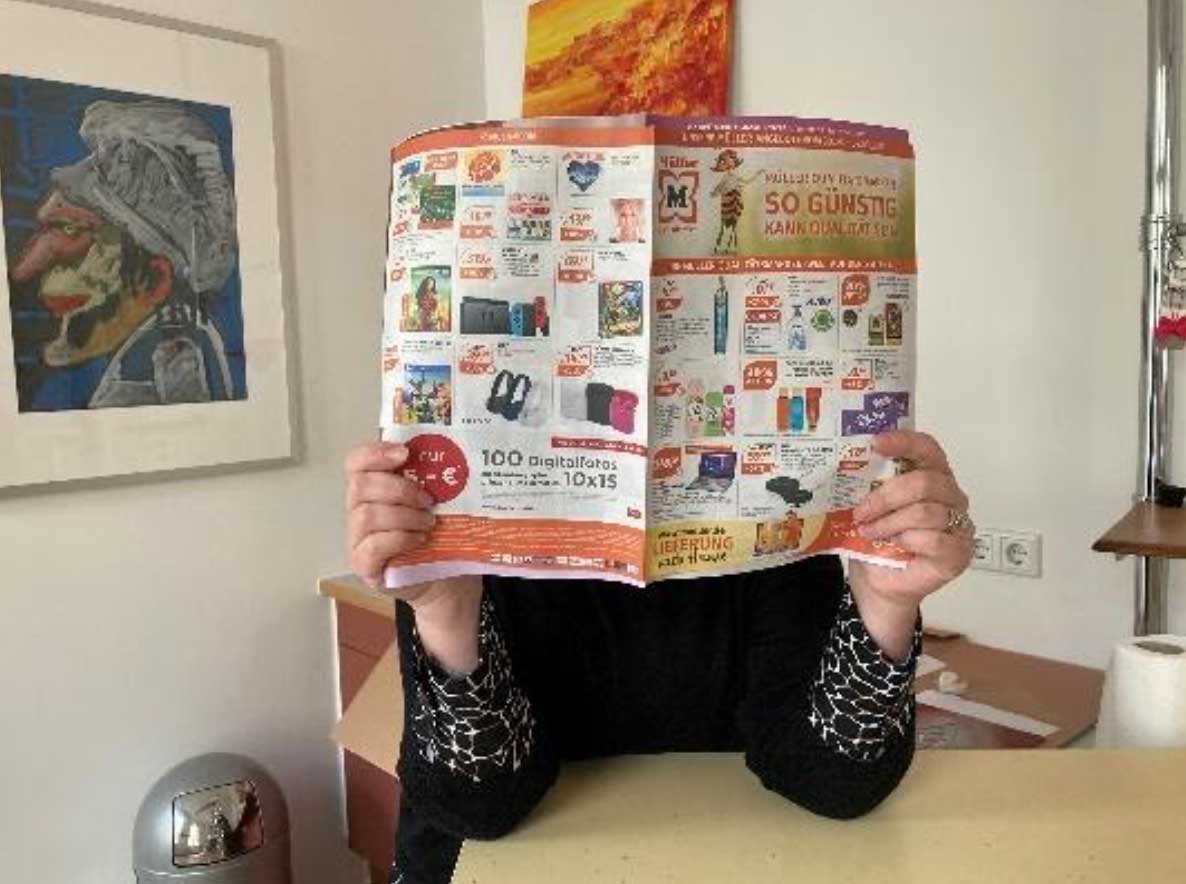
Schnäppchenjagd und Werbeprospekte: welche Rolle spielen Papier und digitale Formate in 2021?
Wussten Sie, dass Werbeprospekte in Papierform nach wie vor ihre Daseinsberechtigung haben? Gerade in Zeiten...
Lire la suite
Deutsch
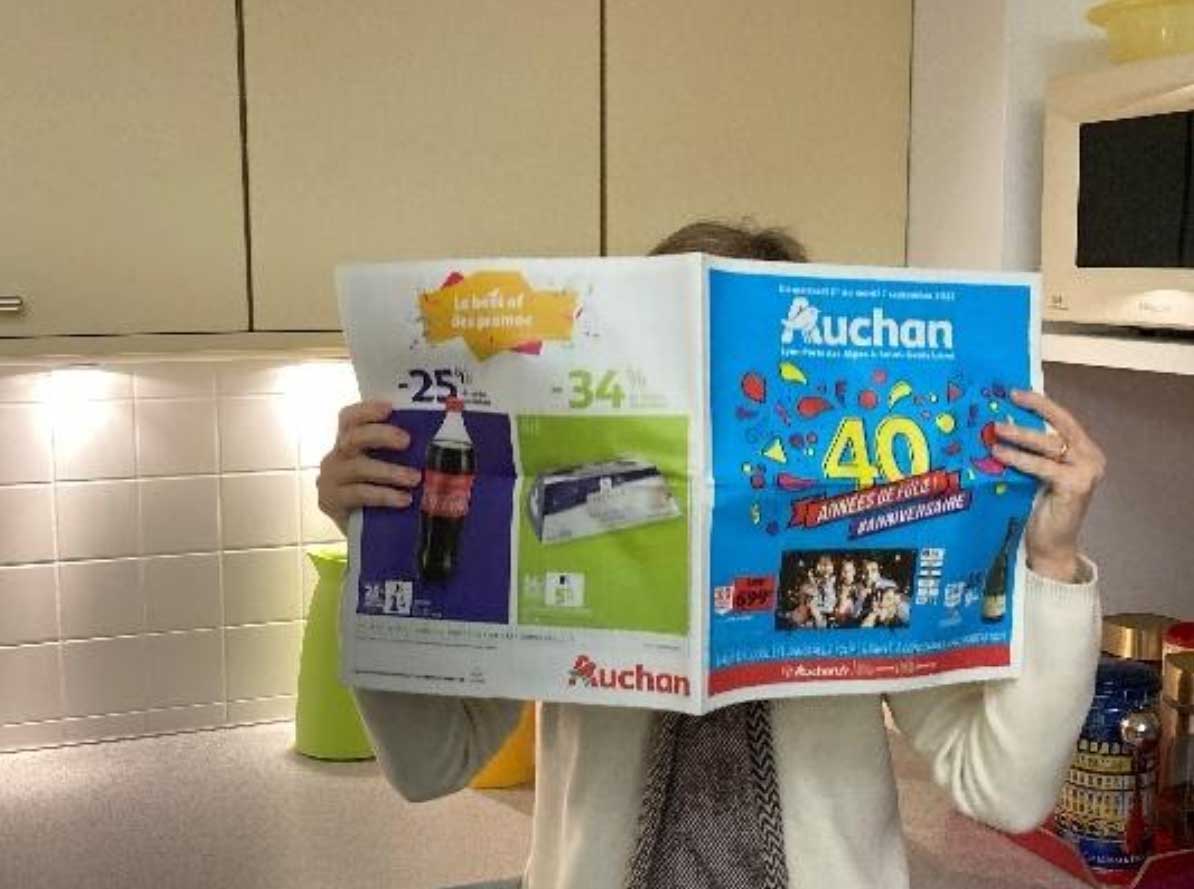
Chasse à la promo et expérience utilisateur : quel est encore le rôle du prospectus papier en 2021 ?
Quels rôles jouent les prospectus dans le quotidien ? Quelle expérience procurent-ils ? Est- ce...
Lire la suite
Français

Case Study – How Mane built scents for EXPO 2020 Dubai
This project about encapsulating the soul of a nation in a fragrance bottle started early...
Lire la suite
English
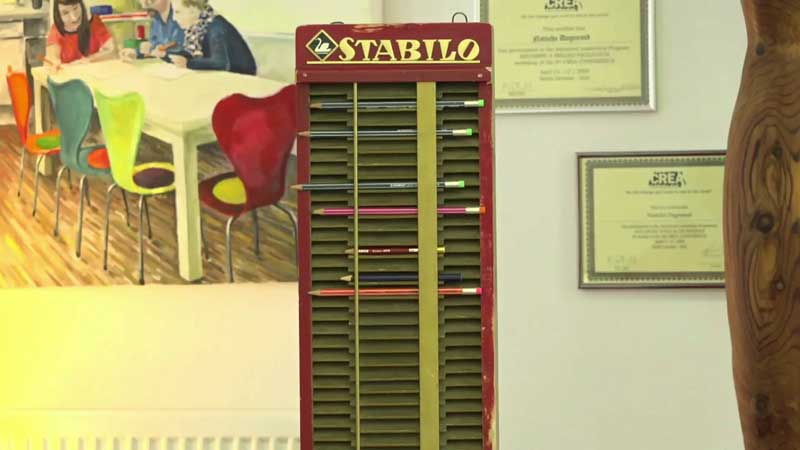
Neue Gewohnheiten ergründen, ohne sie begründen zu lassen: Wie STABILO die Zukunft des Schreibens antizipiert
Bei dieser Case Study berichten wir außerdem darüber, wie explorative Ergebnisse im Unternehmen kommuniziert und...
Lire la suite
Deutsch

Erfolg wiederholen! Kennen Sie die wahren Gründe für Ihren Erfolg?
Lernen Sie mit uns anhand von konkreten Beispielen, wie trügerisch Erfolg auch manchmal sein kann....
Lire la suite
Deutsch

Hybridization of Data
Hybridization of data is often synonymous with big Data and connecting sources of statistical data....
Lire la suite
English

Case Study with STABILO
The writing tools market is undergoing a transformation for quite some time and the digitalization...
Lire la suite
English

Repeat your success! Do you know the reasons for your success?
Have you ever been in the position of wanting to explore your success? Do you...
Lire la suite
English

Qu’apporte l’hybridation des données en quali ?
Découvrez l’effet de la cross-pollinisation de l’Intelligence Artificielle dans les Etudes Qualitatives, grâce à l’utilisation...
Lire la suite
Français

Votre collection d’illustrations
En ce mois de rentrée, on va collectionner les timbres, les étiquettes, les coupons… et...
Lire la suite
Français

Pick & choose – or take them all
Séissmo celebrates in this anniversary month its cooperation with sketch artists, illustrators and visual translators....
Lire la suite
English

Mafo illustriert für Sie
Wir feiern in diesem Monat die enge Zusammenarbeit mit den Berufen aus den Bereichen Illustration,...
Lire la suite
Deutsch

Wahlkampf mal anders! Durch Webcrawling die Kernwerte deutscher Parteien erkennen
Qualitative Forschung und Politik? Because words matter… Unser Beitrag zum tieferen Verständnis der Bundestagswahl, der...
Lire la suite
Deutsch
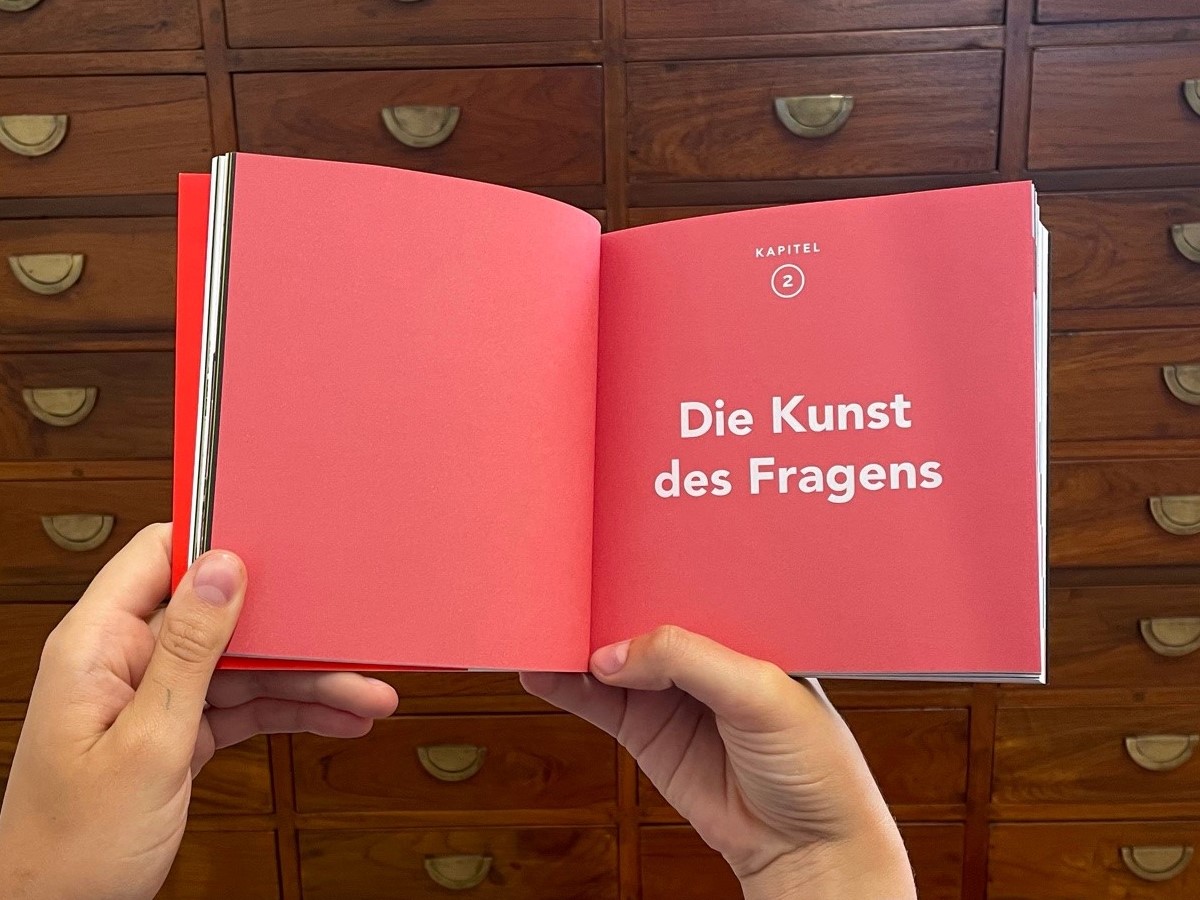
Ramon Vullings e-book
Dieses Buch ist ein Muss für alle Firmen, die den Status Quo ihrer Industrie in...
Lire la suite
Deutsch
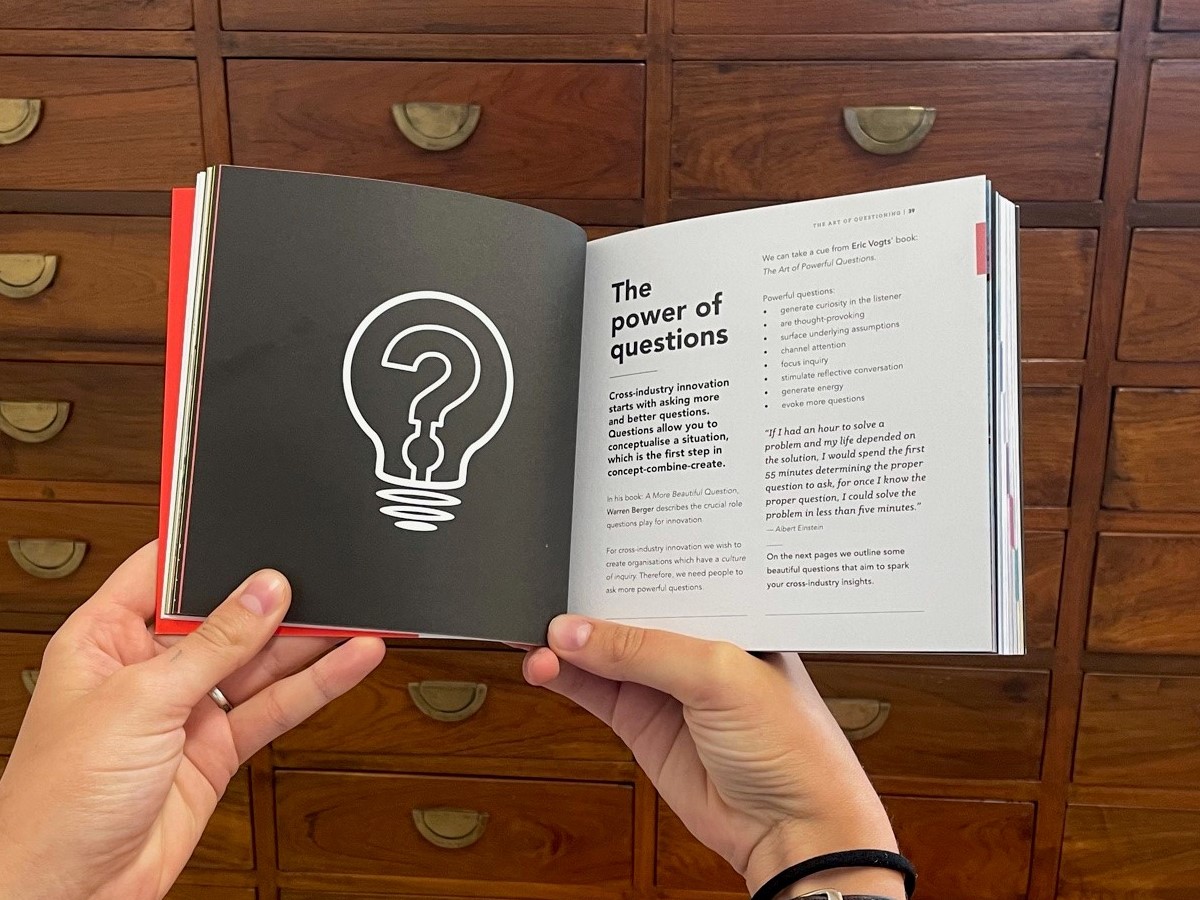
Ramon Vullings e-book
Ce livre est un must pour toutes les entreprises qui cherchent à remettre en question...
Lire la suite
Français
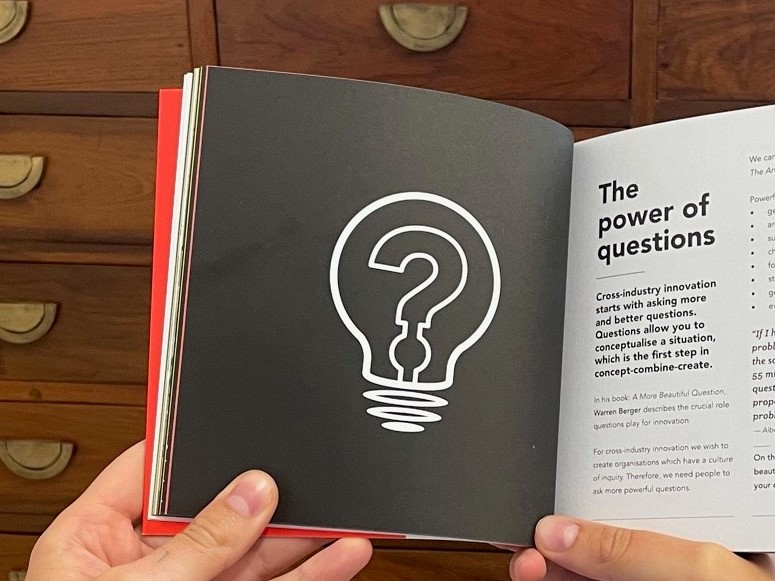
Ramon Vullings e-book
This book is a must for all businesses looking forward to questioning the status quo...
Lire la suite
English

Wenn Verbraucher ihre Produkte entwickeln
Der Gründer der deutschen Bewegung Nicolas Barthelmé erläutert, warum uns diese Initiative alle betrifft: Sie...
Lire la suite
Deutsch

Developing an anti-system food brand
Practical lessons from Germany by Nicolas Barthelmé, co-founder of “Du bist hier der Chef!”...
Lire la suite
English

Comment le mouvement « C’est qui le Patron » s’est installé en Allemagne
Nous sommes allés à la rencontre de Nicolas Barthelmé, français d’origine vivant en Allemagne, qui...
Lire la suite
Français

Wie führe ich ein gutes Interview?
Wir haben ein kleines Kompendium der wesentlichsten Prinzipien guter Gesprächsführung zusammengestellt....
Lire la suite
Deutsch

Best of Interviewing Skills
We would like to share with you the main principles of good interviewing in a...
Lire la suite
English

Petit guide de l’entretien réussi
Nous vous parlons de l’art de la conversation et de l’exploration....
Lire la suite
Français

KI enthüllt rivalisierende Web-Auftritte!
Welche Geschichte erzählt Ihre Webseite über Sie? Wir finden es bei Ihnen und Ihrer Konkurrenz...
Lire la suite
Deutsch

A.I. revealing the competitors discourse!
What story tells your webpage about you, your company, and your brand? We manage to...
Lire la suite
English

Ce que révèle votre site web
Quelle histoire raconte votre site Web sur vous et votre marque ? Nous mettons à...
Lire la suite
Français

Wir überlassen unseren Ehemaligen das Wort!
Zum 20jährigen Firmenjubiläum lassen unsere Ehemaligen ihre Erinnerungen an ihre Séissmo-Zeit aufleben....
Lire la suite
Deutsch

Meet the people who accompanied Séissmo up to its market maturity!
Over the past 20 years, Séissmo has indeed been influenced and formed by wonderful people....
Lire la suite
English

Ils font partie de notre histoire
Nous continuons de fêter nos 20 ans, et le 20 de ce mois-ci, vous découvrirez...
Lire la suite
Français
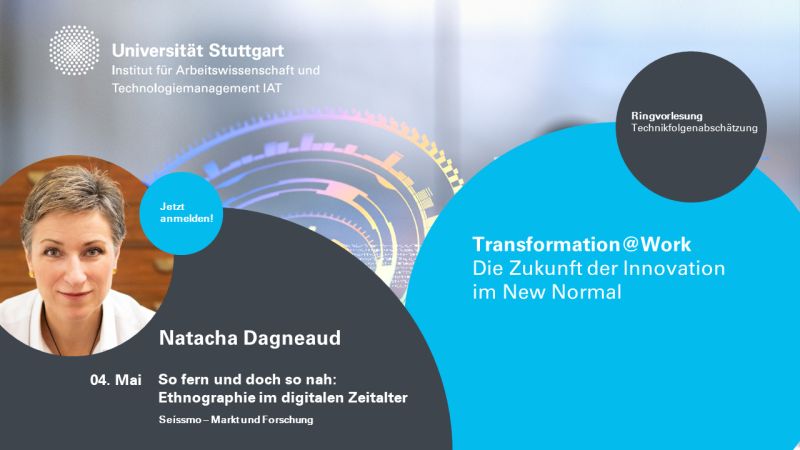
So fern und doch so nah: Ethnographie im digitalen Zeitalter
Wissen Sie, wie Sie wirkliche Nähe zu Ihren Usern, KundInnen und VerbraucherInnen schaffen können? Natacha...
Lire la suite
Deutsch

Die nackte (graphische) Wahrheit!
Die nackte (graphische) Wahrheit! Wie schafft man es, nicht nur simple Bullet Point Aufzählungen sondern...
Lire la suite
Deutsch

Behind the (graphic) scenes!
Behind the (graphic) scenes! Interested in discovering how to make an impactful design? Then expand...
Lire la suite
English

Découvrez le Making Of de nos slides powerpoint
Dessine-moi une diapo ! Comment construire des slides PowerPoint avec plus d’impact et d’intelligence ?...
Lire la suite
Français
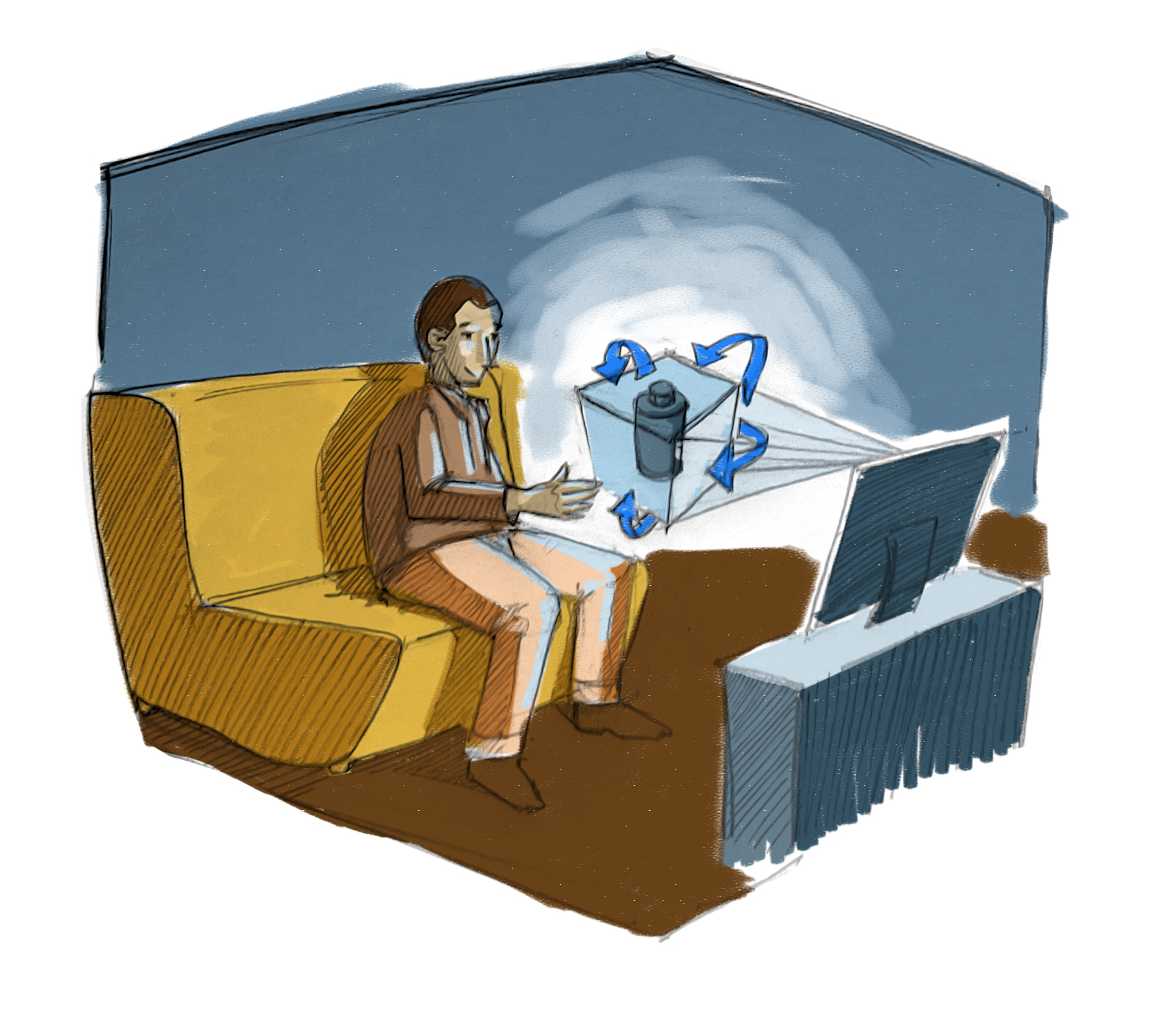
Szenariotechnik für die Marktforschung
Sie wollten schon immer mal wissen, wie die neuen Tools und Techniken der Marktforschung von...
Lire la suite
Deutsch
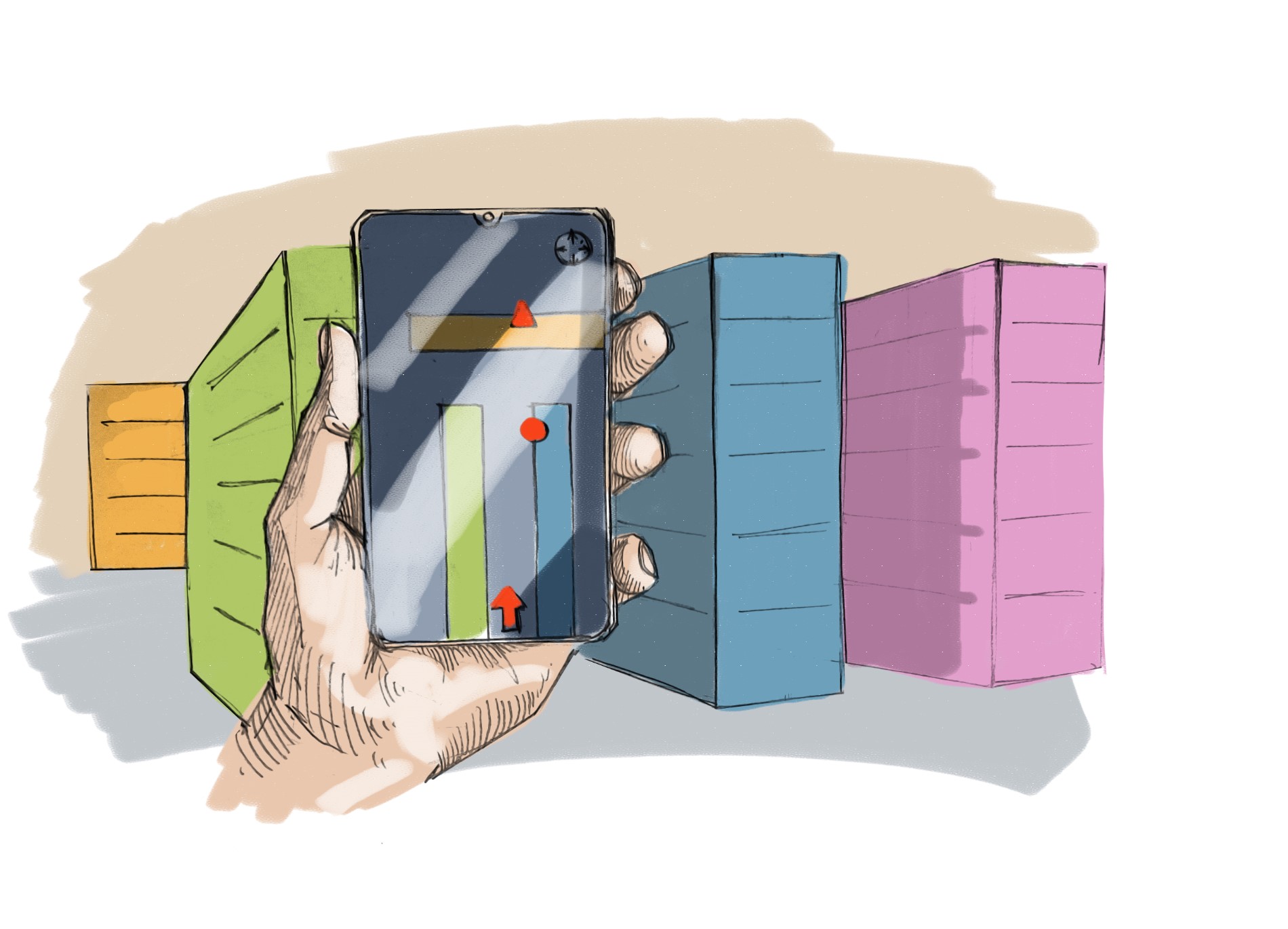
Scenario Techniques in Market Research
Have you always been eager to know how the new market research tools and techniques...
Lire la suite
English
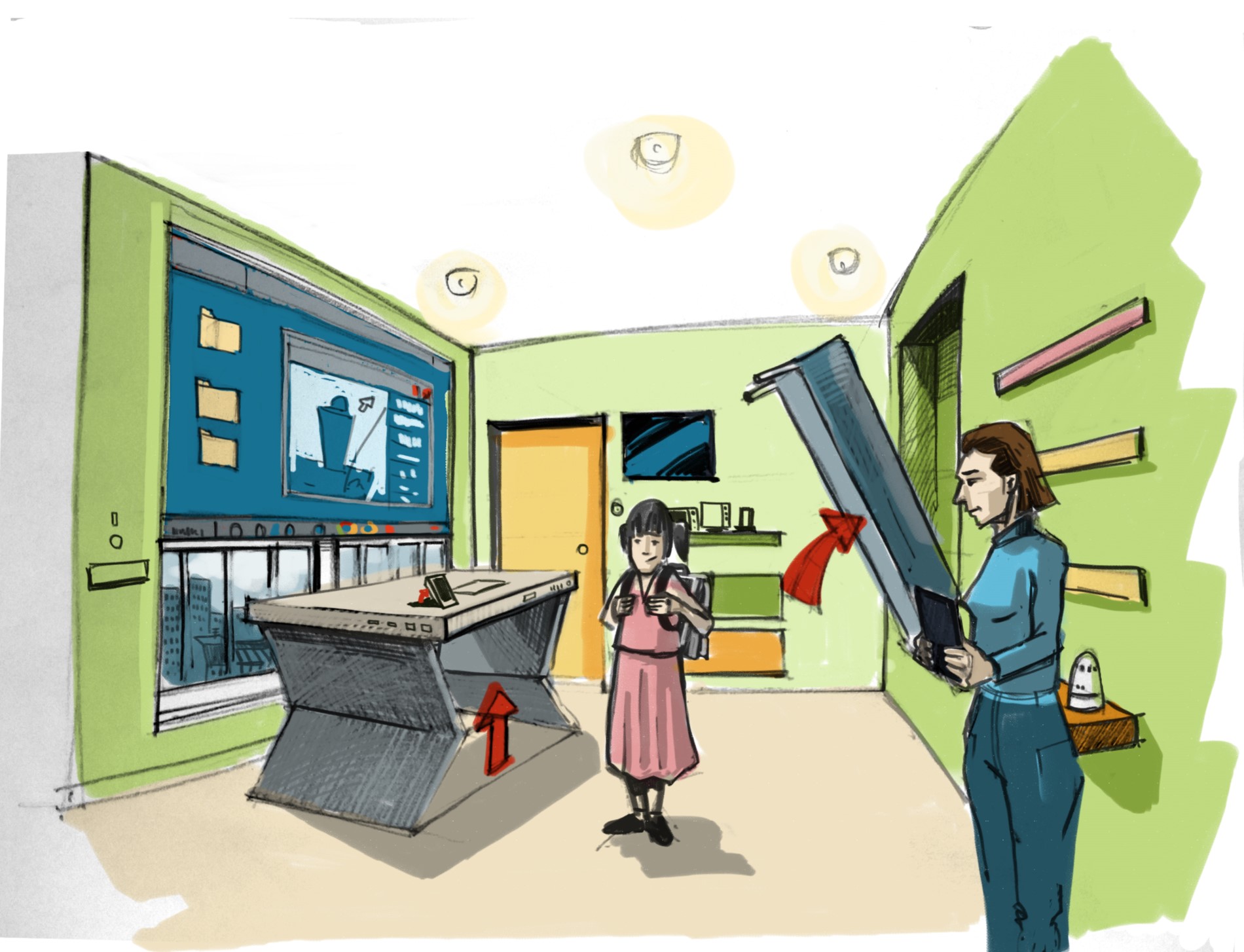
La méthode des scénarios dans les études de marché
Vous avez toujours voulu savoir quels seront les outils et les techniques des études de...
Lire la suite
Français

Auf dem Weg in die Selbstständigkeit
Sophie Tintelnot und Elena Uhrig beginnen in diesem Jubiläumsjahr ihr Praktikum bei Séissmo und haben...
Lire la suite
Deutsch
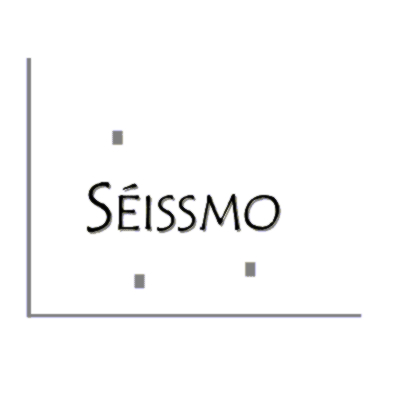
Séissmo, portrait d’une agence qui fête ses 20 ans. Entretien avec sa fondatrice, Natacha Dagneaud
Après un début de carrière en Allemagne dans les études marketing et la naissance de...
Lire la suite
Français
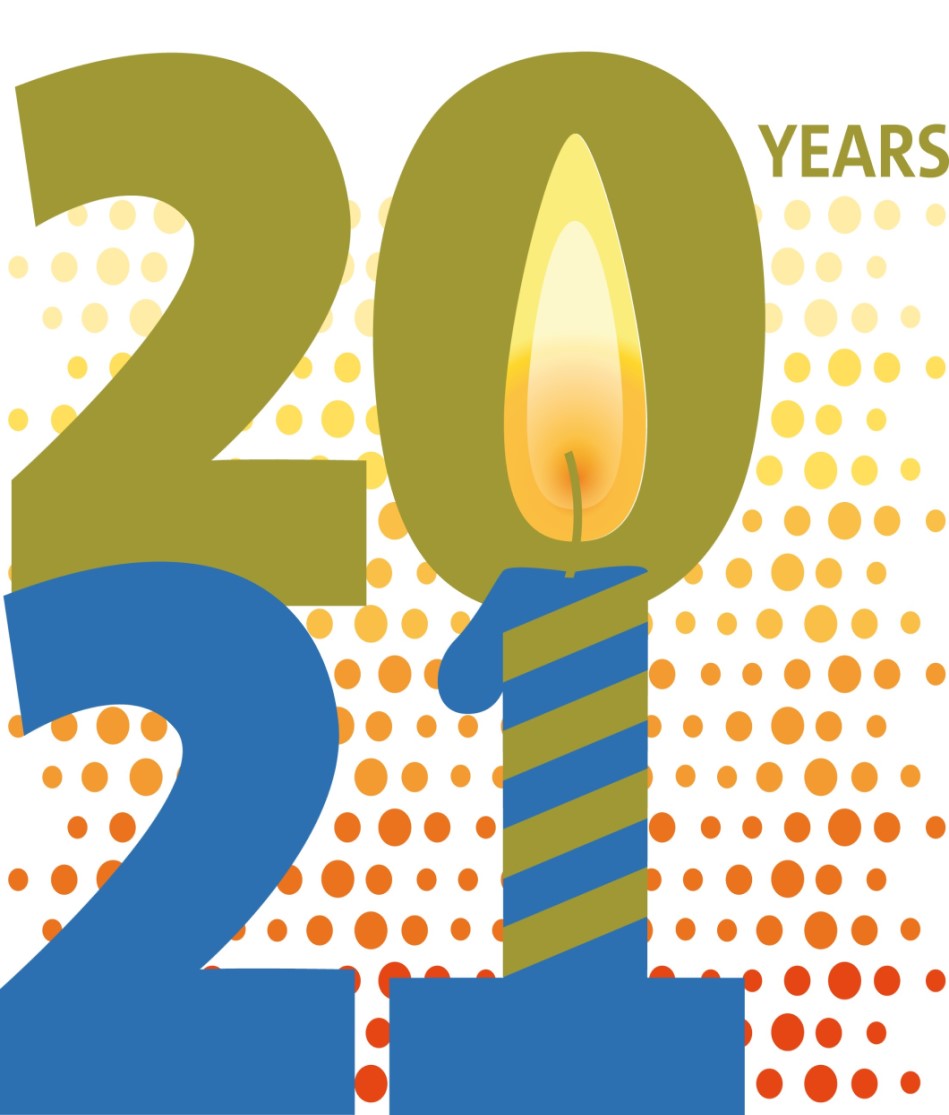
Natacha Dagneaud, CEO of Séissmo talks to Edward Appleton on 20 Years as a Successful Female Entrepreneur
Seissmo celebrates its 20th anniversary this January – congratulations are in order, and no doubt...
Lire la suite
English

The emergence of “verbatim” as a new currency: Digital Talk
Bei der zweiten Erhebungswelle mitten im Jahr geben wir eine wertvolle Peilung der Lage: Wieviel...
Lire la suite
English

Semiotik neu entdecken – Botschaften analysieren in einer Welt voller (neuer) Zeichen
Im Rahmen der Woche der Marktforschung von marktforschung.de im Oktober 2020 lieferte Natacha Dagneaud Einblicke...
Lire la suite
Deutsch

« Augmented Qual »: Neue Aufarbeitung und Darreichung dank KI für die sonst so subjektive und wortlastige Quali-Forschung
Im Rahmen eines KI-Pitches während der Woche der Marktforschung von marktforschung.de im Oktober 2020 demonstrierte...
Lire la suite
Deutsch
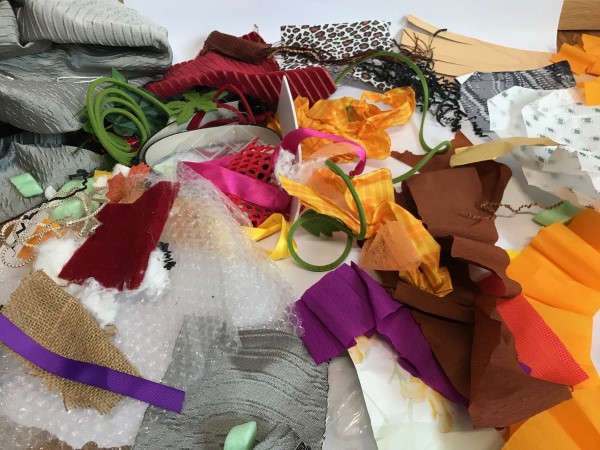
Unleashing Consumer Intuition with Creativity – An interactive workshop to grasp the benefits of creativity techniques in the field of insights generation
A workshop held by Natacha Dagneaud from Séissmo and IdeaDJ Ramon Vullings within the festival...
Lire la suite
English
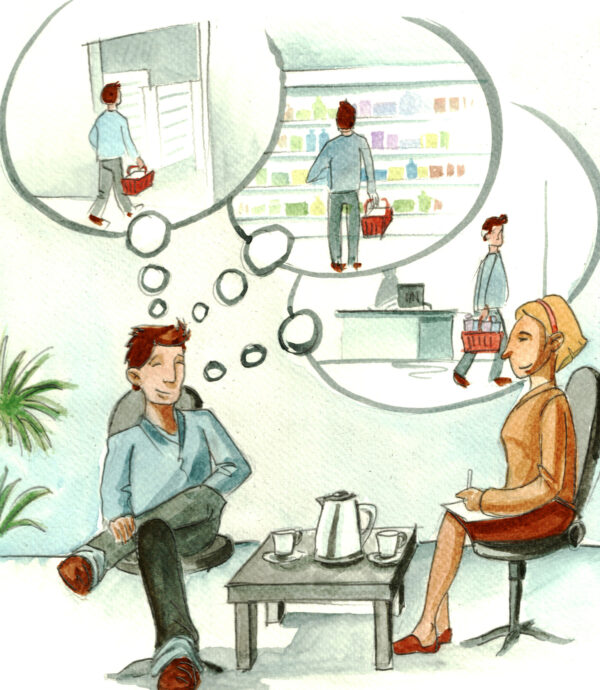
Use Case: GHD Shopper Journey
Lernen aus der Kriminalpsychologie! Wie Sie mit kognitiven Interviews aussagekräftige Insights gewinnen können....
Lire la suite
Deutsch

De la shopping experience à la shopping „exfearience“ : le retail face à la peur des acheteurs
Ce document extrait d’un webinaire donne des clés de compréhension du ressenti des shoppers avant...
Lire la suite
Français

Von der Shopping ExFEARience zur Shopping Vigilance
Bei der zweiten Erhebungswelle mitten im Jahr geben wir eine wertvolle Peilung der Lage: Wieviel...
Lire la suite
Deutsch

Kaufsimulation am Bildschirm: Optimieren Sie Ihre Activation-Strategien, Neuentwicklung und Portfolio mit qualitativen Screen to Screen Interviews
Wissen Sie, wie Sie wirkliche Nähe zu Ihren Usern, KundInnen und VerbraucherInnen schaffen können? Natacha...
Lire la suite
Deutsch
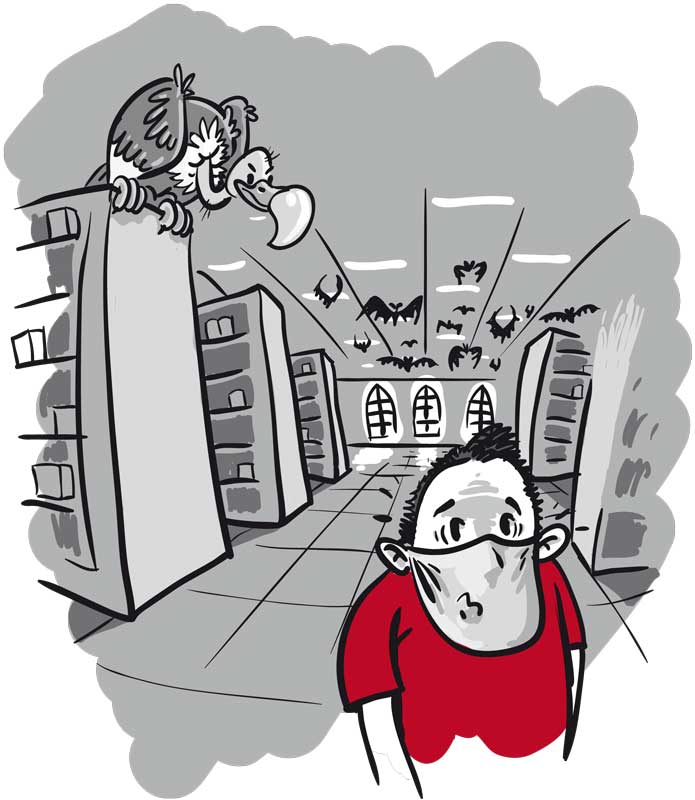
Über die Angst beim Einkaufen
Mitten in Corona schildern wir in diesem Artikel, wie beim vermeintlich belanglosen Lebensmitteleinkauf im Supermarkt...
Lire la suite
Deutsch
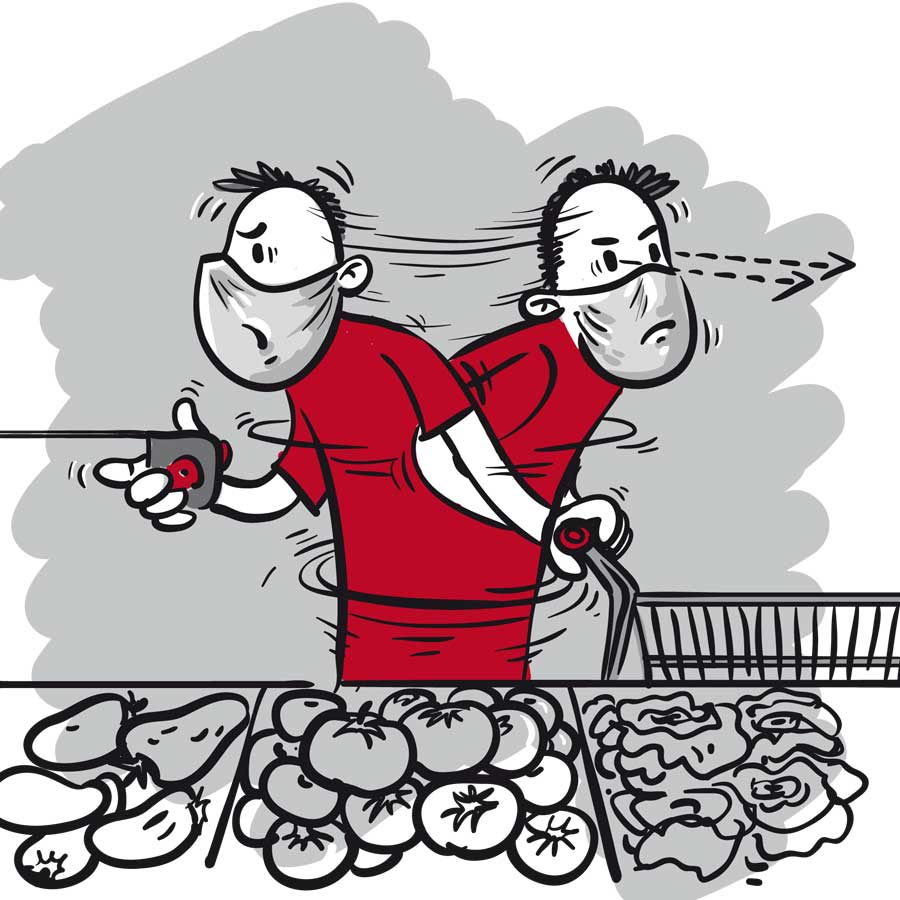
Shopping Exfearience: Séissmograph 2020
We are proud to offer so quickly a report that will allow you to dive...
Lire la suite
English

KI-Analyse zur Auswertung unstrukturierter Texte: Schlüsselerlebnis
In diesem Artikel geht es um den Einsatz von künstlicher Intelligenz in der qualitativen Forschung....
Lire la suite
Deutsch

Kognitive Interviews: Customer Experience Unwired
Im Dossier CUSTOMER EXPERIENCE RESEARCH von Marktforschung.de schildert Natacha Dagneaud die von der Polizei übernommene...
Lire la suite
Deutsch
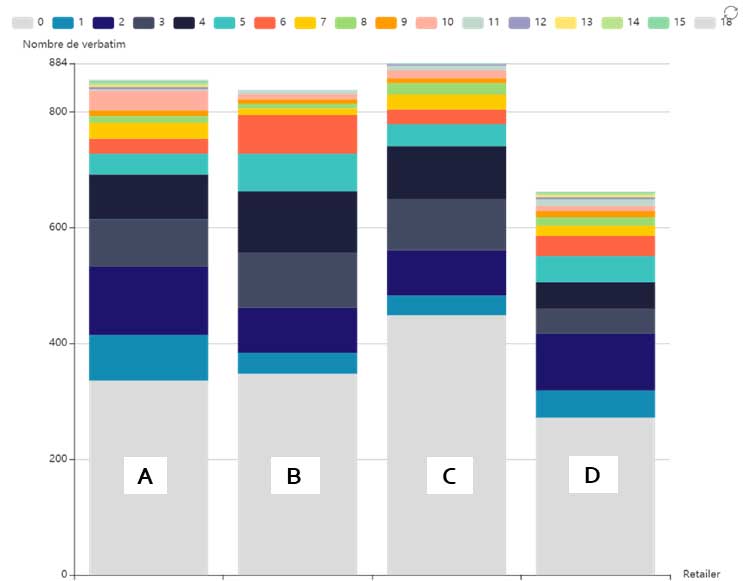
Out of the Qual silo: Artificial Intelligence makes our insights measurable and convincing
AI enriches the analysis and outputs of text-based qualitative research. With our SaaS Platform the...
Lire la suite
English

A novel, intuitive and playful methodology: Using pantomime to assess brand claims
Does a brand need a claim? We observed a lot of insecurity among brands when...
Lire la suite
English

How professional actors help naïve consumers embody their inner pictures
We observed a lot of insecurity among brands when it came to choosing, validating or...
Lire la suite
English

Augmented Qual: Lorsque les signaux faibles deviennent un argument fort
Les avantages de l’intelligence artificielle dans l’analyse de textes non structurés, expliqués simplement au travers...
Lire la suite
Français

Dear Grandma, Let Me Tell You About AI
Thanks to the cooperation between Greenbook and Marktforschung.de, readers from both cultures can benefit from...
Lire la suite
English

Mein Bildschirm, mein Biotop
In diesem Artikel von planung&analyse 05/2019 erläutern wir die Besonderheiten der Screen-To-Screen Interviews, bei der...
Lire la suite
Deutsch

Liebe Oma…: Künstliche Intelligenz (er)zählt
Wie würden Sie Ihrer Großmutter erklären, was Marktforschung ist und was Sie da so genau...
Lire la suite
Deutsch

Mission KIKI: Wenn Künstliche Intelligenz die Auswertung von Kognitiven Interviews bereichert
Qualitative Marktforschung mit Künstlicher Intelligenz? Eine Kombination mit Mehrwert! In diesem Vortrag zeigen wir bereits...
Lire la suite
Deutsch

Was der Verbraucher bei Nacht macht – anstatt zu schlafen
In dieser Studie erfahren Sie, warum Verbraucher auch nachts bedeutende Konsumenten sind! Unser On-/offline Erhebungsmethoden...
Lire la suite
Deutsch

Consumers’ nocturnal activities
What do consumers do at night? Well, they’re not all sleeping. Some wake up in...
Lire la suite
English

The mystery of online product reviews “Read and let write”
This year our self-financed Séissmograph report deals with the massive phenomenon of online product reviews....
Lire la suite
English

These boots are made for shopping…but are the shops?
Shoes and shoe shopping – everyone has an opinion on the matter and rarely are...
Lire la suite
English

‘Good foreplay – deeper insights’ – why warm-up exercises in focus groups lead to more authentic responses
This question keeps cropping up again and again: Why “waste” precious time on seemingly unnecessary...
Lire la suite
English
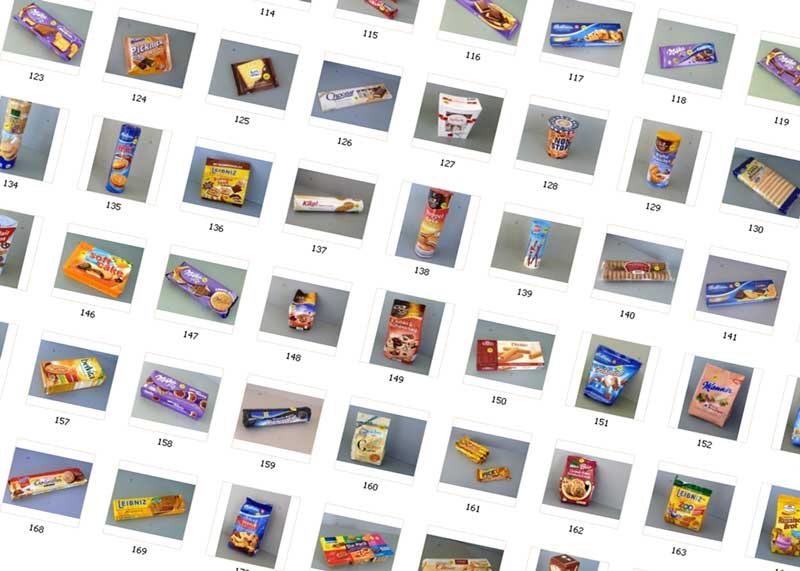
Market cartography – ‘Free sorting in qualitative market research’
It is very important that a brand understands their competition, their category and themselves better....
Lire la suite
English

Cognitive interviewing in market research
This study demonstrates how cognitive interviewing, a qualitative interviewing technique derived from the forensic police...
Lire la suite
English

‘Spending money makes you rich’
What do rich men spend their money on? On a great view…. A survey of...
Lire la suite
English

Les hommes et leur corps vieillissant : un dialogue de sourds
Que signifie « vieillir » pour l’homme ? Comment est-ce que le sexe fort agit...
Lire la suite
Français
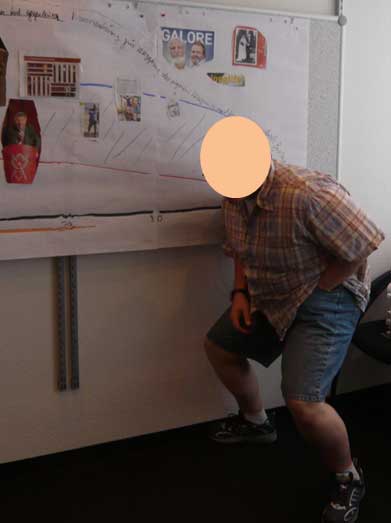
Men and their aging bodies – ‘A dialogue with the deaf’
A semiotic and psycho-sociological analysis on men’s aging This study outlines the relationship men have...
Lire la suite
English

Le rapport des femmes allemandes au corps : corps tout entier, corps tout chantier.
Dans ce recueil d’essais sur l’image, les représentations du corps, vous allez découvrir de l’historiographie,...
Lire la suite
Français
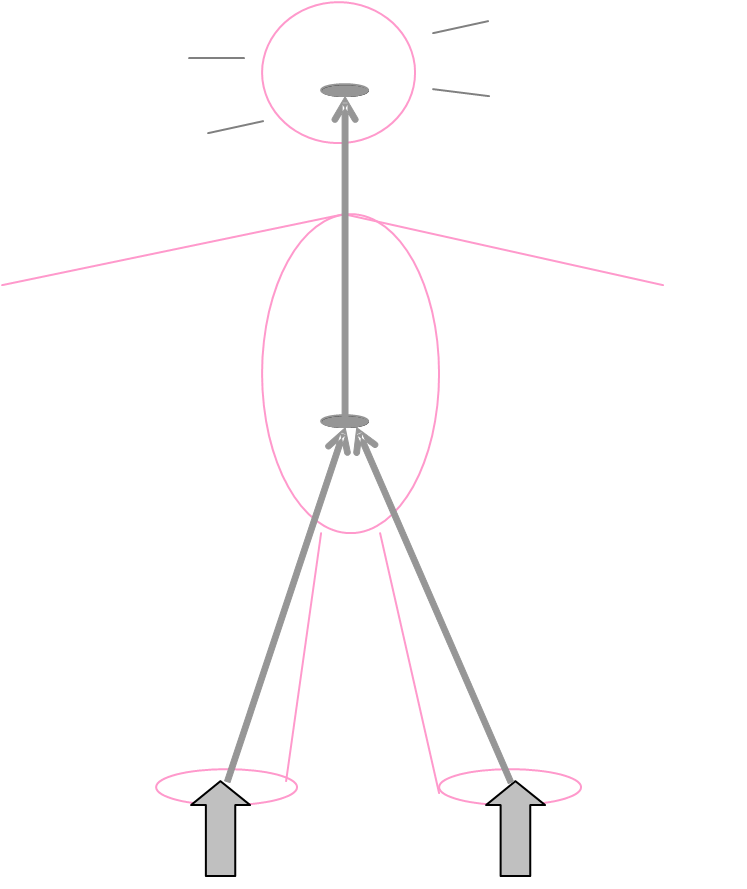
Die Beziehung deutscher Frauen zum Körper: der Körper als Einheit, der Körper als Baustelle
Spricht man vom Körper, wird zuallererst das „Selbstbild“, d.h. die psychische Wahrnehmung des eigenen Körpers,...
Lire la suite
Deutsch

How German women view their bodies – ‘The body complete and the body under construction’
The German woman’s relationship with her body This study reveals surprising new findings concerning the...
Lire la suite
English
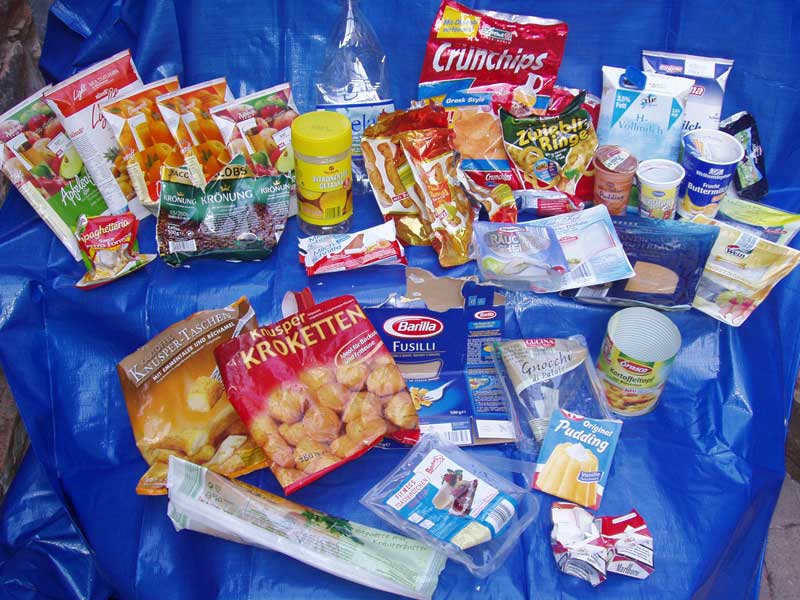
Tremblement de marques – entre érosion et éruption
Ces dernières années, nous avons rencontré de nombreux consommateurs au comportement d’achat « surprenant »....
Lire la suite
Français

Die Marke bebt – zwischen Erosion und Eruption
Ziel der Studie ist es, das tatsächliche Konsumverhalten deutscher Verbraucher zu beleuchten (unabhängig von deren...
Lire la suite
Deutsch
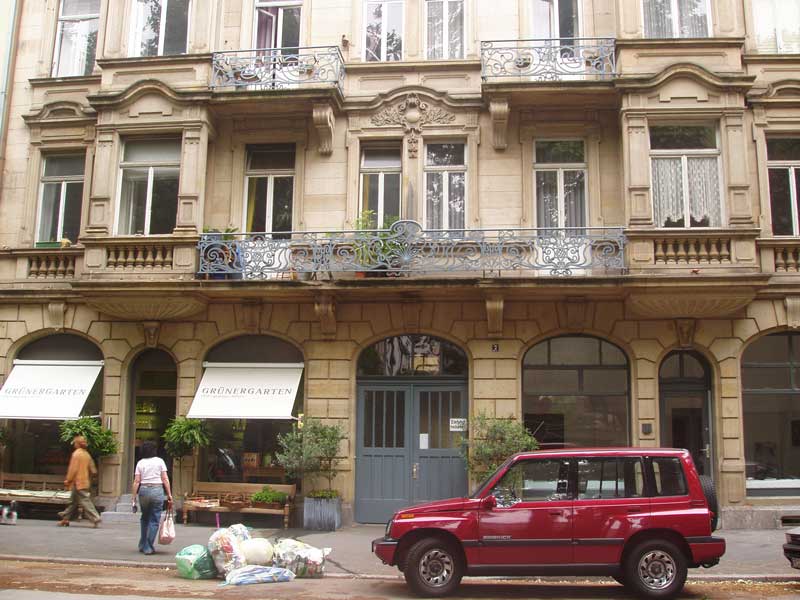
Yellow bin – ‘What is really consumed?’
We dug around in the rubbish This study revealed the ‘tangible’ results of real (vs....
Lire la suite
English

L’anglais sur les produits – le grand jeu de la devinette !
Observations sur le comportement des consommateurs allemands face aux multiples dénominations et noms de produits...
Lire la suite
Français

Anglicism – ‘Taking the dictionary into the store’
Anglicism in the marketing world This study looks at the German consumer’s understanding and attitudes...
Lire la suite
English
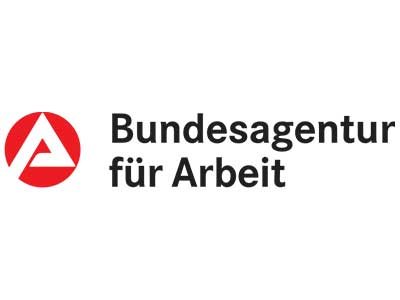
« J’achète, donc je suis » Réflexions sur le comportement d’achat de chômeurs allemands
Dans le métier des études de marché, nous sommes souvent confrontés au fait que nos...
Lire la suite
Français

„Ich kaufe, also bin ich“ – Beobachtungen zum Konsumverhalten deutscher Arbeitsloser
Als Marktforscher erleben wir häufig, dass unsere Auftraggeber in der Konsumgüterindustrie arbeitslose Menschen aus der...
Lire la suite
Deutsch

Unemployed people as trendsetters – ‘I buy, therefore I am’
Trendsetters on the streets This study provides an insight into consumer behaviour amongst the unemployed...
Lire la suite
English

L’Allemagne se dévergonde !
La fonction se fond, la forme s’affine : Femme s’affirme. Vous trouverez d’abord une partie...
Lire la suite
Français
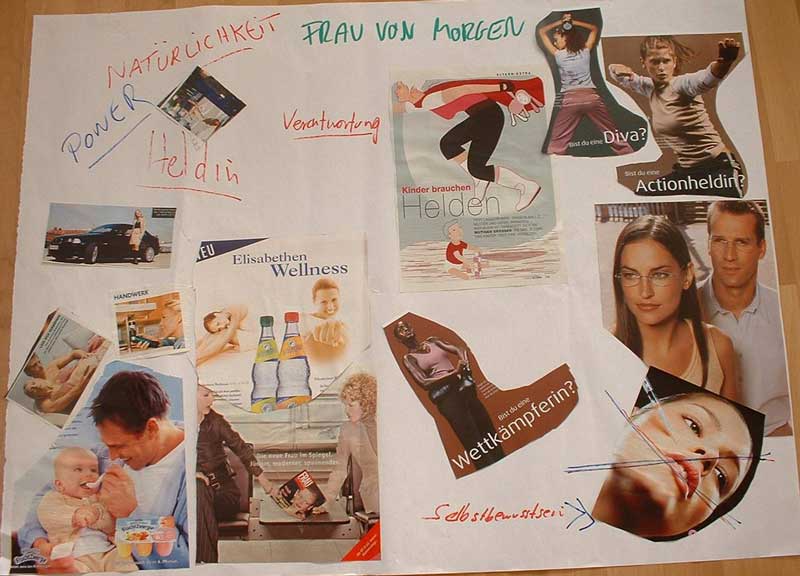
„Deutsche Frauen lassen los!“ Form, Funktion und Fantasie
Aus den deutschen Verbraucherinnen wird keiner mehr klug… Eigentlich sind sie ja bekannt dafür, dass...
Lire la suite
Deutsch

Put us to the test and get 60 free minutes in your first project with us!
Call us now – we look forward to your questions and challenges!
+49 (0) 621 7621 23 0

60 minutes pour vous inspirer et vous surprendre.
Testez-nous : nous vous offrons 60 minutes d’étude lors de votre premier projet chez nous.
Contactez-nous, nous répondrons avec plaisir à vos questions !
+49 (0) 621 7621 23 0
